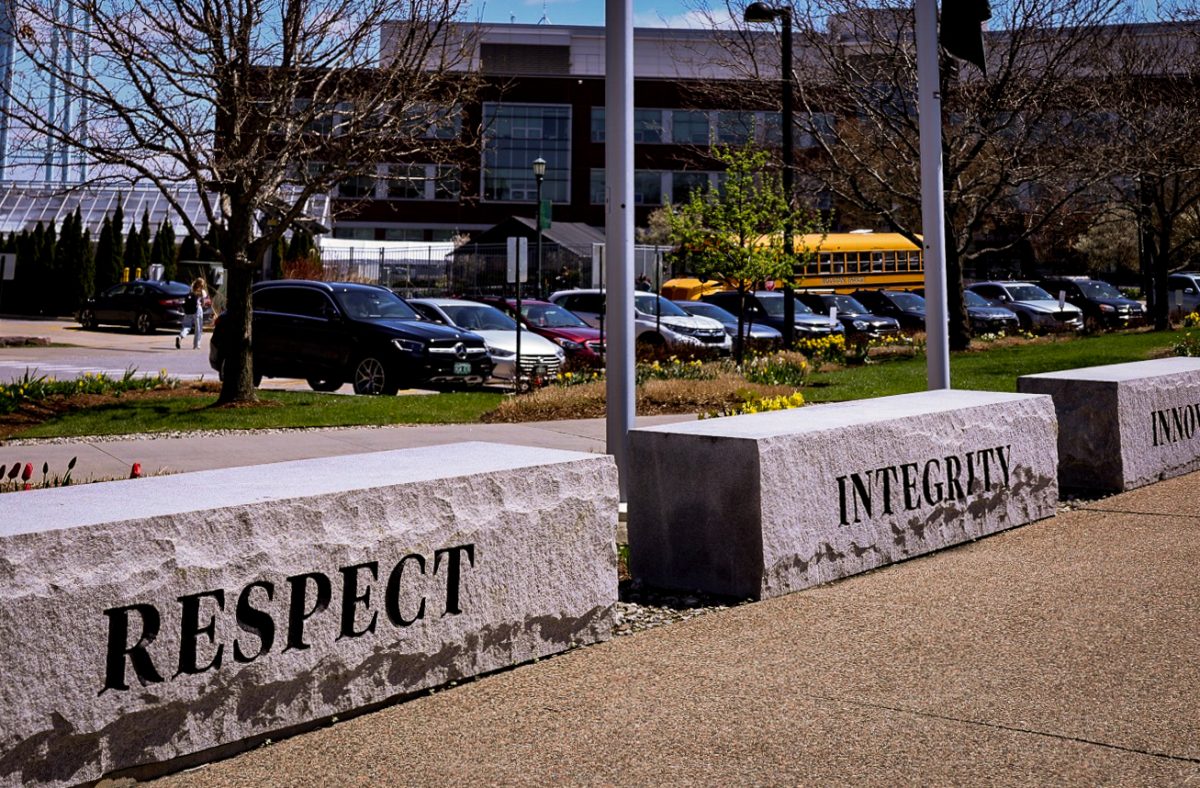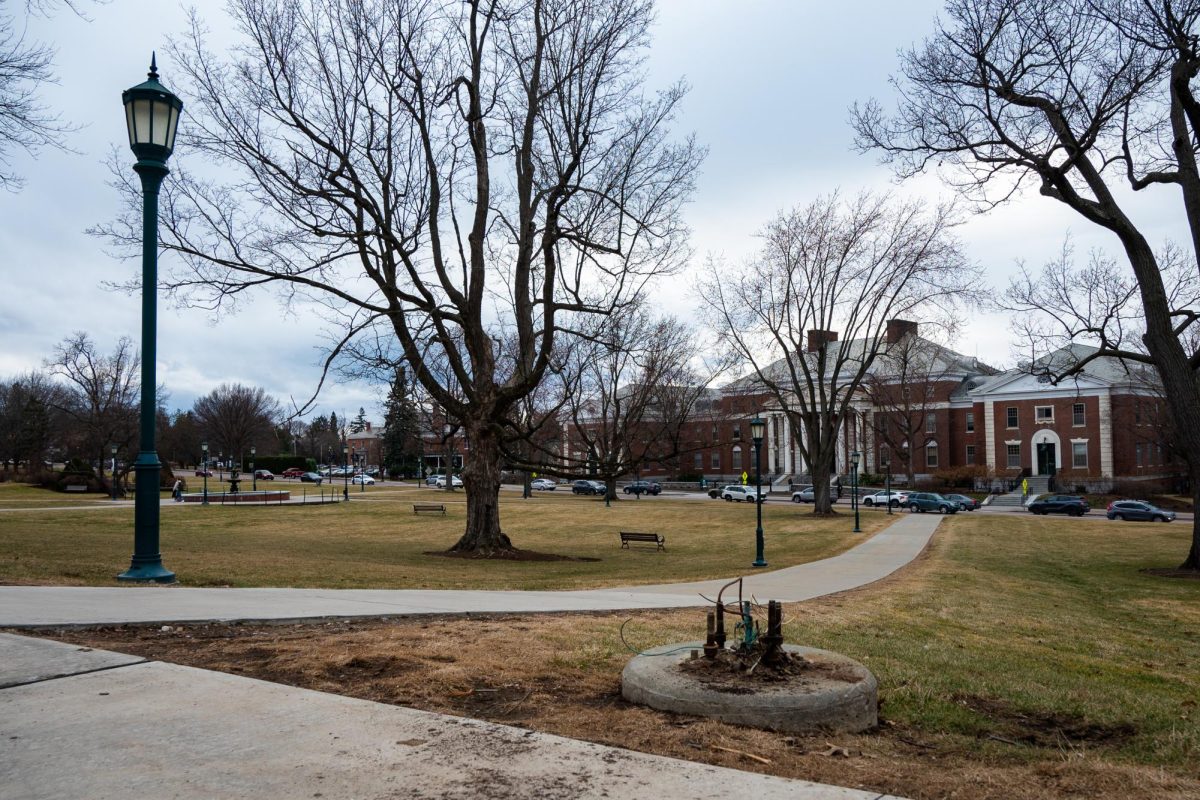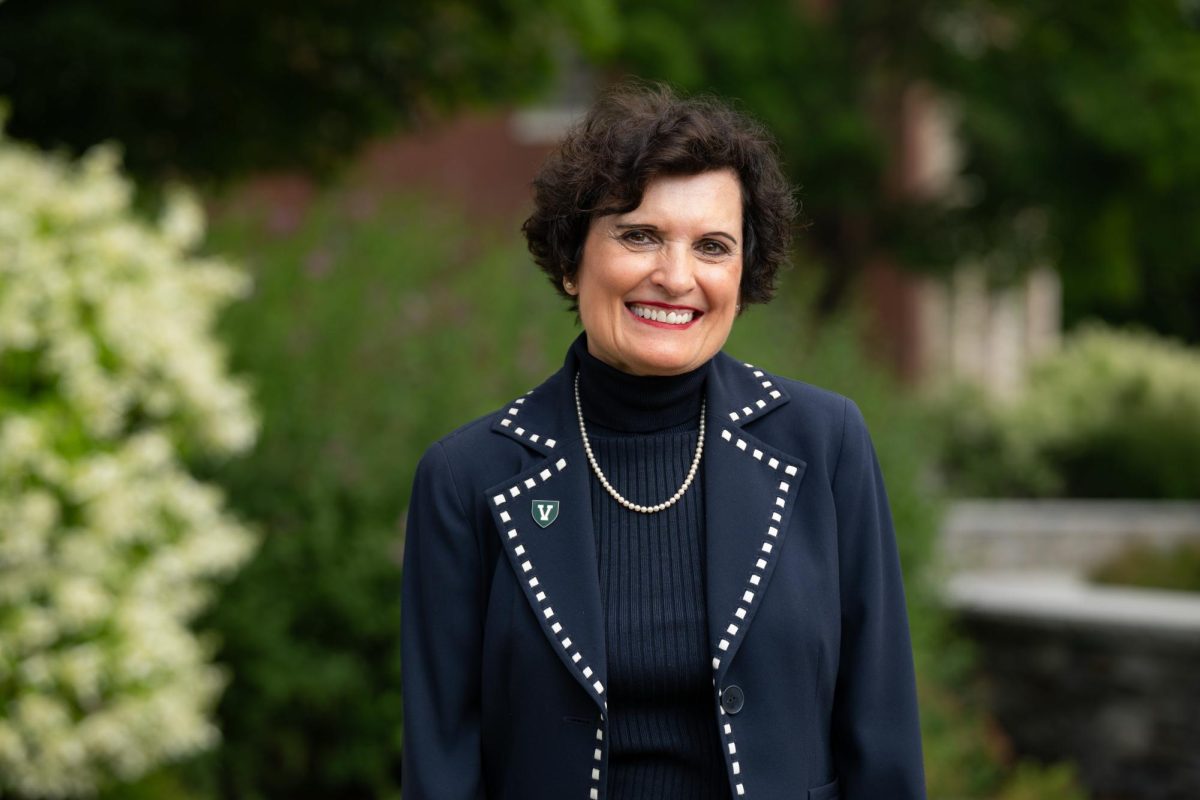The newly renovated George D. Aiken Center, one of the greenest buildings in the country, opened in January 2012 to much awaited enthusiasm. As headquarters for the Rubenstein School of Environment and Natural Resources, the Aiken Center boasts green machines and opportunities for student research, according to directors at the Rubenstein School. Ordinary buildings release up to 42 percent of this country’s greenhouse gases, so the project’s 18-month, $13 million rehab was well worth it, said Alan McIntosh, professor at the Rubenstein School. “To give students the chance to see how a green building actually works… is really exciting,” he said. Although the Aiken Center is larger than it’s predecessor, it takes minimal energy so there is 60 to 80 percent less carbon production required to run the building, McIntosh said. Aside from being particularly green, the center is also one of the most monitored, so researchers are constantly able to update the building’s efficiency, Research Associate Gary Hawley said. The most unique thing about the Aiken Center is the Eco-Machine, which up-cycles water so that the building does not need a lot of water from outside sources, Hawley said. “A series of tanks process our wastewater in the building to a point where [we can] almost drink the water,” he said. “[Right now] we use it to re-flush the toilets, and eventually we hope to use it to irrigate plants in the building.” The Rubenstein School aims to install an Eco-Machine in every office across campus so that sewage will not have to be dumped into Burlington’s sewer system, Hawley said. The goal is to enforce a zero-waste policy throughout the University. “Then we can do a better job of minimizing phosphates and other pollutants that we dump into the lake,” he said. Although the Rubenstein School is primarily made up of administrative offices, the building’s involvement with student research is noticeable. Students will be able to utilize the building’s Eco-Machine, green-roof and have landscaping opportunities, Hawley said. McIntosh added that undergraduate and graduate students will also be able to work on the center’s eight separate watersheds on the roof. Several major research projects provide the students with a lot of hours to evaluate the efficiencies of the building and how well it’s doing, he said. “If someone’s really psyched about green buildings, we’ll do everything we can to get them involved,” McIntosh said.
Categories:
Old building, new look
February 2, 2012
0
More to Discover







